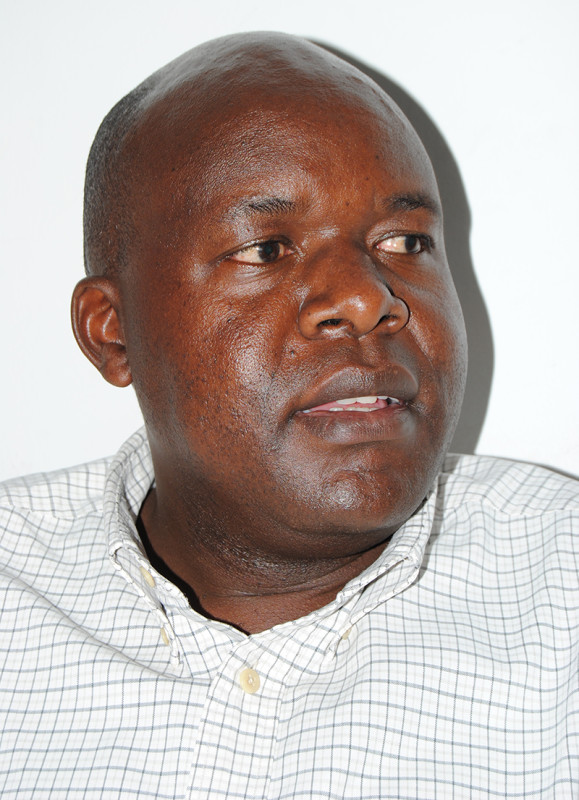Madagascar recently unveiled a five-year national action plan outlining measures the country can take to increase fish production volumes in order to meet an anticipated rise in seafood demand from its growing population.
The plan, launched by the southeast African country’s Ministry of Fisheries and the Blue Economy, seeks to increase annual production of fish by 116 percent to 307,000 metric tons (MT) – compared to the nation’s current output of 142,000 MT – by the end of 2028.
“It is becoming imperative to increase national [fish] production,” Madagascar Minister for Fisheries and the Blue Economy Paubert Mahatante said.
The new plan paves the way for Madagascar to introduce fishing quotas, create marine protected areas, and diversify sources of income for fishing communities within the next five years, but for the country to feasibly achieve its ambitious target, the plan places a heavy emphasis on aquaculture output.
Currently, Malagasy aquaculture production is estimated at 30,000 MT annually, comprising 21 percent of total national fish production.
“The most viable short-term route to achieving the ambitious target is through aquaculture promotion,” Koko Chantal de Cupertino, the Madagascar regional director of fisheries and the blue economy, told SeafoodSource.
Cupertino, who is also a member of the Annual Aquaculture Network for Africa (ANAF), said she is optimistic Madagascar “is on the right track to achieve the objective and reform to make the fisheries and aquaculture sector one of the pillars of the socioeconomic development of the population.”
Such examples of successful aquaculture projects on the island include shrimp distributed by Paris, France-headquartered Unima Distribution. The Malagasy products won two awards at the 2023 Seafood Excellence Global Awards for convenience and quality.
China has also invested in aquaculture production on the island.
While Cupertino expressed optimism that aquaculture operations like shrimp farms can expand and find success, there are challenges that could stand in the way.
Yannick Memee, the regional coordinator for the Western Indian Ocean at the Fisheries Transparency Initiative (FiTI), said Madagascar grapples with poor infrastructure, weak regulatory enforcement, environmental concerns, and socioeconomic issues that could impact the country’s drive to sustainably increase fish production.
“Madagascar's rural areas often suffer from poor infrastructure, such as inadequate roads and electricity, which limits access to markets and hinders the development of aquaculture,” he told SeafoodSource.
Memee said the absence of proper cold chain facilities in the country can sometimes lead to post-harvest losses as production ramps up.
“Investing in infrastructure is crucial for improving supply chains and reducing waste,” he said.
Other challenges that stand in the way of both aquaculture operations and fisheries output is climate change. Higher fish output in Madagascar requires urgent measures to tackle climate change’s impacts, such as rising sea temperatures and ocean acidification, according to Memee. Tthe country also has a history of heavy overfishing occurring in its waters, putting pressure on stocks.
“The country lacks sufficient patrol vessels and surveillance technology, making it difficult to detect and deter illegal fishing activities by foreign vessels,” Memee said.
Madagascar has taken actions to alleviate the issue, including participation in FiTI and its subsequent release of detailed digital transparency reports. Meme said said the new five-year plan calls for fishing restrictions, but he stressed Madagascar has to learn from previous failed attempts to roll out such a system.
“The lack of a comprehensive regulatory framework can lead to overfishing, as seen in some regions where local authorities struggle to monitor and control fishing activities effectively,” he said. “A successful rights allocation system requires input from diverse stakeholders, including local fishers, government officials, and industry representatives to ensure that the system is equitable and reflects the needs of all parties involved.”
Madagascar officials are hopeful that the five-year plan will begin to chip away at these hurdles to improve domestic production and inspire younger Malagasy to pursue careers in fishing and aquaculture.
“By building the capacity of fishermen through training and education, we aim to ensure that small-scale fishing remains a viable and sustainable activity for future generations,” Mahatante said.








